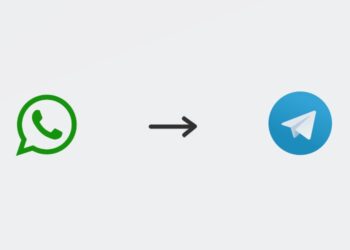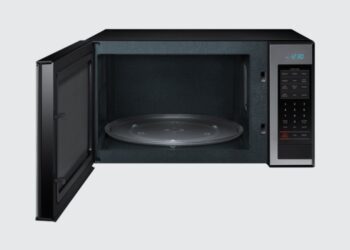Decentralized Autonomous Organizations (DAOs) have taken the business world by storm, offering a new and innovative way of conducting business. They are decentralized networks that operate on the principles of autonomy and transparency, making them a popular choice for businesses looking to move away from traditional, centralized models. A DAO is an entity that lives on the blockchain and has its own set of rules in place to govern the actions of its members. It’s important to note that DAOs aren’t owned by anyone, due to their decentralized nature that operates based on consensus and is held accountable by their users.
This essentially means that they are not controlled by any single central entity, and are governed by a group of people who are part of them. Creating a DAO is a complex process, but it can be broken down into its fundamental components that are then used to drive the development of a DAO. The creation of a DAO includes several key pieces that define its structure and function. They serve as the basis for a decentralized platform and organization, and they include the following fundamental components.
1. Smart contracts
Smart contracts are computer programs that execute commands exactly as they’re programmed, without any human intervention. They are used to automate processes and enforce the rules of the DAO, making them the backbone of a decentralized autonomous organization. Smart contracts are stored on a blockchain and are tamper-proof and transparent, providing a secure and transparent way of managing transactions and interactions within the DAO. In the context of a DAO, smart contracts can be used to manage membership, voting, and decision-making.
They can also be used to regulate the organization, such as distributing rewards and managing funds. Because smart contracts are automatically executed, they help to eliminate the need for intermediaries and reduce the risk of fraud or error. When creating a DAO, it is important to carefully design and test the smart contract to ensure that it operates as intended and meets the needs of the organization. This requires a good understanding of the underlying blockchain platform and the programming language used to write the contract.
2. Token and tokenomics
A DAO typically has its own cryptocurrency or token, which is used to govern the organization, reward members, and raise funds. The token represents a unit of ownership and voting power within the DAO and is an essential component of its operation. The tokenomics of a DAO defines the total supply, distribution, and use of the token. The tokenomics of a DAO can have a significant impact on its operation and success.
For example, the total supply of the token determines its scarcity and potential value, while the distribution of the token can affect the distribution of voting power within the DAO. Tokenomics also play a role in fundraising and the management of funds, as tokens can be used to raise capital and provide a means of rewarding members and incentivizing contributions. Designing the tokenomics of a DAO should include some important factors, such as the target market, the desired level of scarcity, the distribution of voting power, and the potential impact on the value of the token.
3. Governance model
The governance model of a DAO determines how decisions are made, who has voting rights, and how disputes are resolved. It also defines the rules and procedures for how the DAO operates and how its members interact with each other. The governance model can also include provisions for dispute resolution, such as a vote of no confidence or the ability to vote in new members.
When designing the governance model for a DAO, it is important to consider the size and composition of the community, the desired level of decentralization, and the specific needs and goals of the organization. A well-designed governance model can help to ensure that decisions are made in a transparent, fair, and efficient manner, while also providing a clear framework for resolving disputes and managing change.
4. Community engagement
A DAO is only as strong as its community, so building and maintaining a strong and engaged community is essential. This includes creating and implementing community-building strategies, fostering open communication, and providing opportunities for members to get involved and contribute. In addition to promoting active participation, community engagement can also help to build trust and increase the sense of ownership and responsibility among members. It can also help to foster a strong and supportive community, which is essential for the long-term success of the DAO.
Final thoughts
DAOs are being used to revolutionize the way companies and organizations function. They are a decentralized and transparent way of governance, which can make them more effective and efficient than their centralized counterparts. Building a DAO requires a great deal of foresight and planning, so it’s important to consider the various aspects before moving forward.
When implementing a DAO, it’s important to consider how it will function and what your goals are. This can help you determine the best type of DAO for your organization and set realistic expectations for its success. By taking the time to develop a thorough plan, you can ensure that your DAO will be well-positioned to achieve its goals. The future of DAOs is bright, and they will likely grow in popularity as blockchain technology continues to develop.














